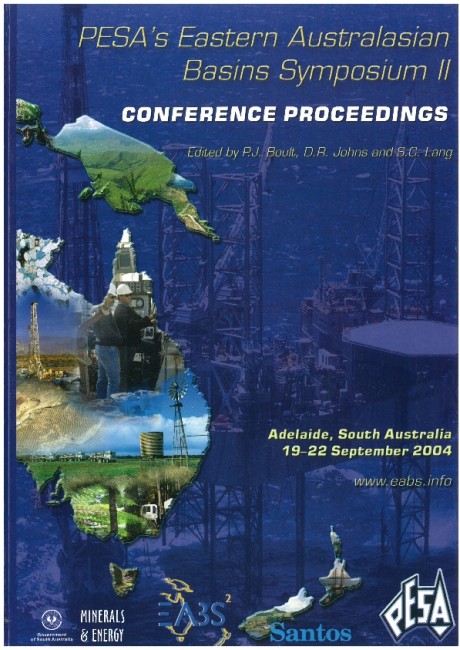Publication Name: PESA's Eastern Australasian Basin Symposium II
Authors: T.J. Brown
Date Published: December 2004
Number of Pages: 18
Reference Type: Book Section
Abstract:
The ever-increasing world demand for hydrocarbons drives the search for significant new reserves in previouslyinaccessible areas. Deepwater areas of continental margins are attracting increasing industry attention as companies are lured by the large reserves and highly-productive reservoirs often encountered in basin-floor and slope settings. Drilling and production operations are now being routinely conducted in water depths considered beyond reach only a short time ago and this trend appears set to continue.
The progression into ever-deeper water is being made possible by rapid advances in exploration and development technology. Improvements in seismic acquisition and processing techniques have been a feature of our industry for the past two decades. In deepwater areas, where wells are generally very expensive, high-quality seismic data is a key tool enabling geoscientists and engineers to discover, delineate and develop new fields . Improvements in seismic imaging have led to a greater understanding of factors controlling the distribution and architecture of deepwater fields. This improved knowledge of deepwater geologic settings and trapping styles in turn increases our ability to predict and locate other potential targets.
It is no use being able to find hydrocarbons if they can't be developed and for discoveries in deepwater this is a major hurdle to overcome. Relatively few wells must produce large reserves and so intense planning and close collaboration is required from closely integrated teams. Many research dollars are being invested in key areas of deepwater development technology such as risers, moorings and multi-phase flow equipment. New products and applications flowing from this research are opening up new development possibilities.
There is no escaping the fact that deep water requires deep pockets. The long time-frames involved combined with the high costs and risks associated with deepwater operations mean that it is not a pursuit recommended for the feint of heart or slim of wallet. It is therefore not surprising that the vast majority of deepwater activity since the 80's has been conducted by the Majors, although more recently several Independents have managed to create successful businesses in deepwater provinces.
In order to stimulate exploration and production in deepwater areas many governments around the world have seen fit to adjust their fiscal terms by providing deepwater incentives. Those countries that have best matched their fiscal incentives with exploration prospectivity have attracted the explorers. Several Australian companies, despite a low level of deepwater activity in their home waters, are rising to these challenges and participating in many deepwater exploration and production projects around the world.


